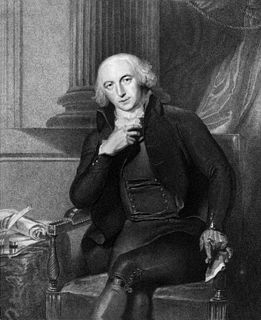Ardmore comes from the Irish: Ard Mór or the Scottish Gaelic: Àird Mhòr meaning "great height" and may refer to:

Glenbervie railway station is located on the Craigieburn line in Victoria, Australia. It serves the northern Melbourne suburb of Essendon, and opened on 11 September 1922.

Cowcaddens is an area of the city of Glasgow, Scotland. It is very close to the city centre and is bordered by the newer area of Garnethill to the south-west and old Townhead to the east.

William Gray Young was a New Zealand architect in the early 20th century, designing buildings such as Knox College in Dunedin, the Wellington railway station and Elliott House also in Wellington. He was president of the New Zealand Institute of Architects (1935–37).

Roxburgh is a small New Zealand town of about 600 people in Central Otago. It is in Teviot Valley on the banks of the Clutha River, 40 kilometres (25 mi) south of Alexandra in the South Island. State Highway 8, which links Central Otago with Dunedin city, passes through the town. Roxburgh is well known for its Roxdale fruit and "Jimmy's Pies."

St Cyrus or Saint Cyrus, formerly Ecclesgreig is a village in the far south of Aberdeenshire, Scotland.
Drumlithie is a village in the northeast of Scotland in the area known as the Howe o' the Mearns. Situated seven miles south of Stonehaven in Aberdeenshire, it is affectionately known by locals as 'Skite', although the origin of this name remains disputed.

Glenbervie is located in the north east of Scotland in the Howe o' the Mearns, one mile from the village of Drumlithie and eight miles south of Stonehaven in Aberdeenshire. The river Bervie runs through the village. The rural area is the location of Glenbervie House and estate. The parish was formerly named Overbervie.
William Douglas, 9th Earl of Angus was a Scottish nobleman and zealous supporter of Mary, Queen of Scots.
Sir William Douglas of Glenbervie, Knt. was a Scottish nobleman, who fell at Flodden.
Hamilton railway station or Hamilton station may refer to:

Glenbervie is a settlement in Northland, New Zealand. The city of Whangarei lies to the southwest, and the localities of Kiripaka and Ngunguru to the northeast. The Glenbervie Forest is north of the settlement.

Sylvester Douglas, 1st Baron Glenbervie of Kincardine PC, KC, FRS, FRSE, FSA was a British lawyer, politician and diarist. He was Chief Secretary for Ireland between 1793 and 1794.
George Fairweather Moonlight was a New Zealand goldminer and hotel-keeper. He was born in Glenbervie, Kincardineshire, Scotland on 5 August 1832.
Events from the year 1513 in Scotland.

John Sydney Swan was a New Zealand architect, the designer of houses and churches in Wellington, New Zealand. He was articled to Frederick de Jersey Clere and was at one time a partner with Clere. Buildings he designed include Erskine College and St Gerard's Church and Monastery, and various commercial buildings, houses and Wellington Harbour Board buildings.

Jacksons is a settlement and railway station in the Westland District of the West Coast of New Zealand. The TranzAlpine Express passes through Jacksons.
Glenbervie House is a mansion house, which has incoproated parts of an earlier castle, located near Glenbervie, Kincardine and Mearns, Scotland.
Glenbervie was launched at Glasgow in 1815. Initially she was a constant trader between Greenock and Demerara. In 1839 the New Zealand Shipping Company chartered her to carry supplies to support immigration to New Zealand. In the 1840s and 1850s she traded more widely, sailing to the Australia, the Caribbean, and South America. A fire destroyed her in August 1860.
This page is based on this
Wikipedia article Text is available under the
CC BY-SA 4.0 license; additional terms may apply.
Images, videos and audio are available under their respective licenses.








